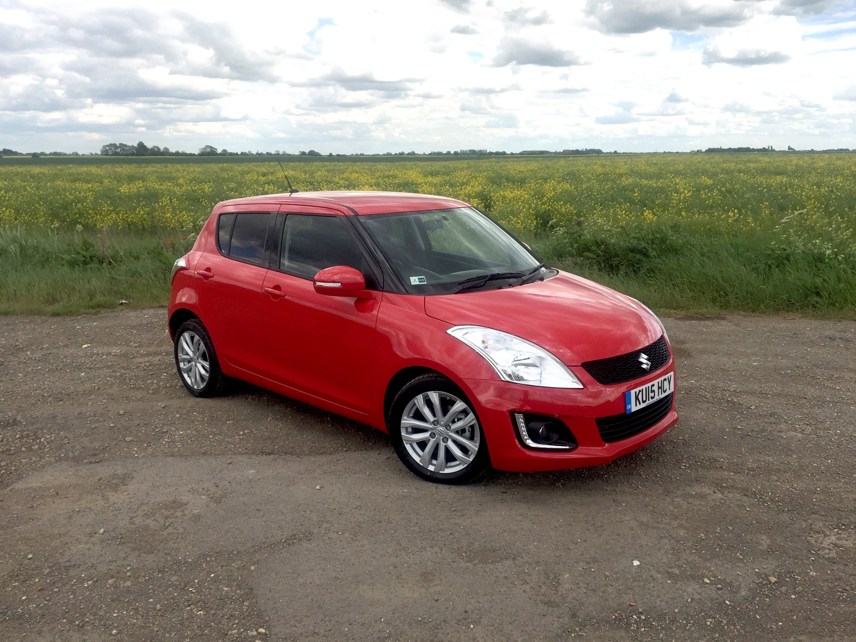Review
More than two months into my stint behind the wheel of the Swift and it’s been racking up miles like a D-sector motorway cruiser, averaging more than 80 miles a day. It hasn’t been driving that distance every day, but there have been weekly airport runs.
Although it produces 90hp, the Swift isn’t at its happiest on the motorway. The five-speed gearbox sees the engine fizzing away at somewhere near 3,300rpm at 70mph. This makes the cabin a little noisy, as well as taking average fuel economy to around 50mpg. The car’s official combined figure is 67.3mpg.
The engine will happily chug along at 30mph (or even a little lower) in fifth gear, so the Swift Dualjet actually turns out to be relatively economical scuttling around at 40-50mph. For the most part average fuel economy has been around 55mpg, despite achieving more than 60mpg on some trips.
Another effect of the high mileage in my custodianship (and the fact that just over 2,000 miles were on the clock when we took delivery) is that we recently hit 9,000 miles so that its first service is due.
Often Japanese manufacturers (including Nissan and Toyota) will schedule a ‘minor service’ for their cars at around 9,000-10,000 miles, whereas some European manufacturers think customers prefer longer intervals between visits to the dealer. Ford and Vauxhall suggest a 12,500-mile service for the Fiesta and Corsa. A Peugeot 208 goes 16,000 miles, while a Renault Clio can travel more than 18,000 miles between services.
There are pros and cons: more frequent servicing can identify potential problems sooner, while longer intervals can reduce routine SMR costs. Fleets will have their own views, but the inconvenience of more downtime through more visits to the dealer during a car’s lifecycle could be off-putting for some.
















